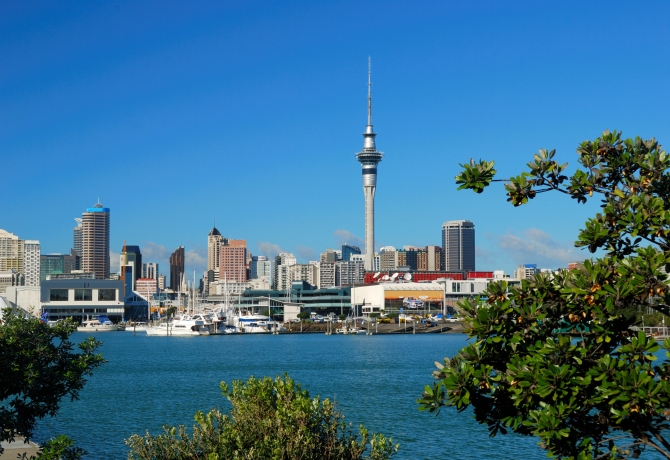The Reserve Bank of New Zealand (RBNZ) says the country’s $NZ180 billion ($US 132.21 billion) commercial property market is less risky than it was before the global financial crisis because less debt is being used to provide funding for new developments and purchases.

In a bulletin released by the Bank recently, it stated that commercial property lending was the main reason for defaults worldwide during most financial crises.
Most people link the sub-prime lending crisis in the US residential property market to the global financial crisis. The Reserve Bank stated that commercial property prices also fell slightly in a number of OECD (Organisation for Economic Co-operation and Development) countries, and the rates were higher in almost all countries than for residential property.
The New Zealand commercial property market is growing again, following a period where it fell 30 per cent after the global financial crisis.
Over the past two years, prices have increased at more than six per cent annually, vacancy rates are down, and sales are up.
At least two-thirds of commercial property in New Zealand is held by investors. The rest is held by owner-occupiers. This sector accounts for approximately $NZ 30 billion ($US 22.7 billion) of mostly bank debt and nine per cent of total bank lending.
Tighter lending standards for financial institutions were introduced after the global financial crisis. The near collapse of property finance companies also pushed commercial property prices down.